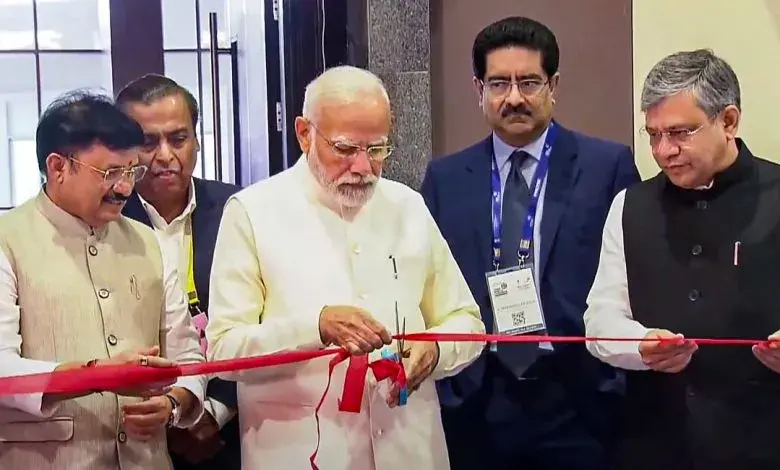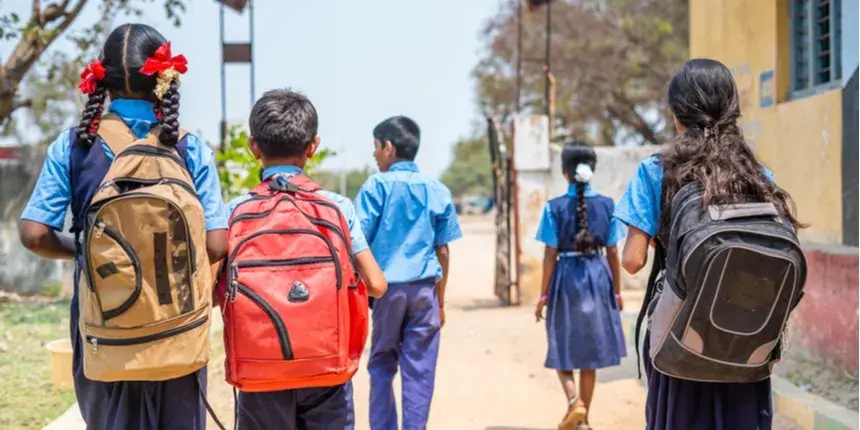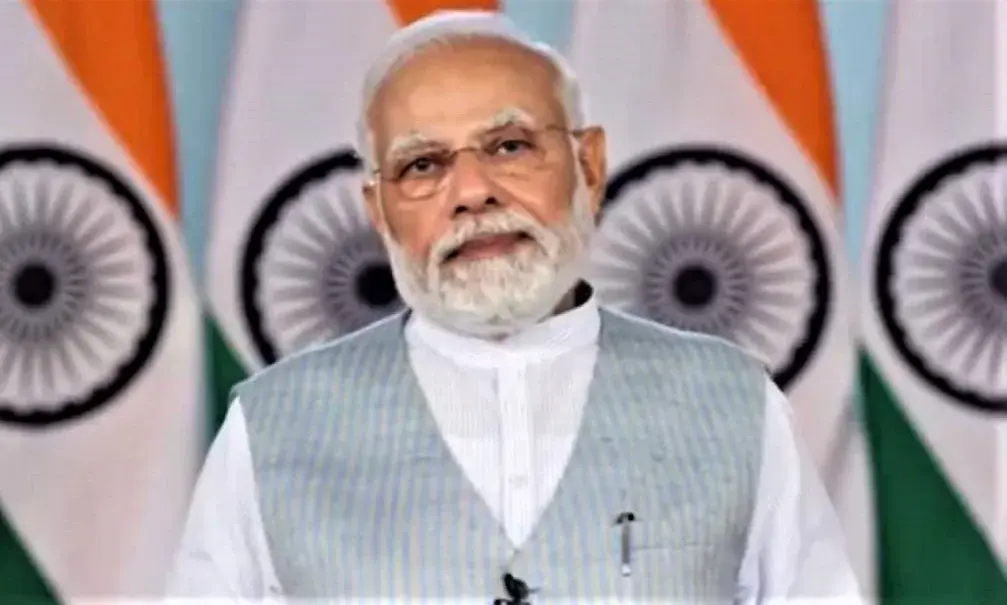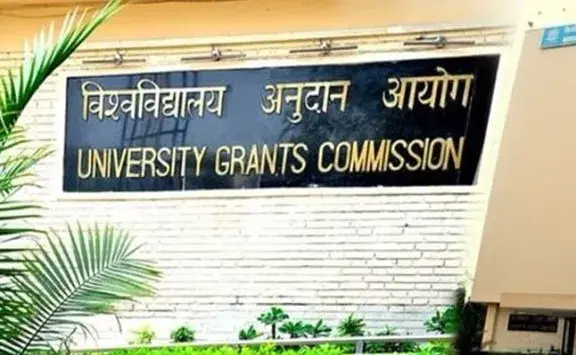A new drug may make the Covid virus turn on itself and combat variants
A new drug developed by US scientists can turn the deadly SARS-CoV-2 virus against itself, shielding people from being infected. The medicine, NMT5, is expected to be effective against the newly emerging SARS-CoV-2 variants, according to experts from The Scripps Research Institute. The medication coats SARS-CoV-2 with chemicals that can momentarily change the human ACE2 receptor, a molecule the virus typically grabs onto to infect cells. It is detailed in the journal Nature Chemical Biology. The ACE2 receptor blocks the virus’s entry into human cells when it is near. Stuart Lipton, a professor at The Scripps Research Institute and the study’s principal author, said: “What’s so neat about this drug is that we’re actually turning the virus against itself.” The research team examined a library of compounds and identified NMT5 as having two crucial characteristics: it could identify and bind to a pore on the surface of SARS-CoV-2 and chemically alter human ACE2 using a nitroglycerin warhead. The scientists realised this might make the virus a means of self-destruction. They examined and tested NMT5 in both animals and isolated cells. The research demonstrated how NMT5 firmly adheres to SARS-CoV-2 viral particles as the viruses circulate within the body. The details of how the medicine adds a chemical, akin to nitroglycerin, to specific molecules if it comes close enough were then made public by the researchers. NMT5 adds a “nitro group” on the receptor when the virus is close enough to ACE2 to infect a cell. This alters the structure of ACE2 for around 12 hours, making it impossible for the SARS-CoV-2 virus to attach to it and infect cells. “What’s really beautiful is that this only knocks down availability of ACE2 locally when the virus is coming at it. It doesn’t knock down all the function of ACE2 elsewhere in the body, allowing for normal function of this protein,” Lipton stated. The drug inhibited 95% of viral binding in cell culture tests measuring how efficiently the Omicron form of SARS-CoV-2 can bind to human ACE2 receptors. According to the researchers, NMT5 significantly reduced viral levels in hamsters with COVID-19, reversed blood vessel damage in the animals’ lungs, and reduced inflammation. They said that the drug demonstrated efficacy against more than a dozen other viral variations, including the Alpha, Beta, Gamma, and Delta strains. The majority of anti-viral medications function by specifically inhibiting a virus, which can force it to develop treatment resistance. The researchers believe that the drug will likely be successful against many more SARS-CoV-2 variations because NMT5 is simply using the virus as a carrier. Because it doesn’t rely on attacking parts of the virus that frequently evolve, Chang-ki Oh, a senior staff scientist and the study’s first author, anticipated that the drug would remain effective even as new variants emerged. The molecule has only been tested in animal models, but the researchers are currently developing a drug version to test for usage in humans while doing additional safety and efficacy studies in animals.
A new drug may make the Covid virus turn on itself and combat variants Read More »










